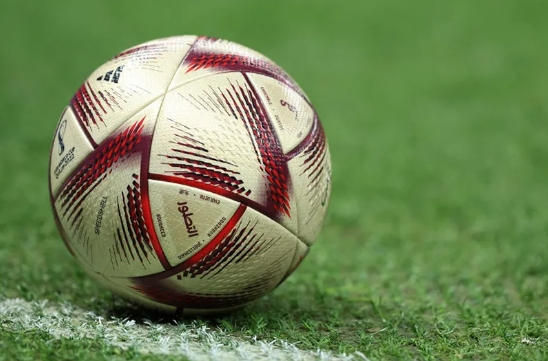The World Cup tournament, held every four years, is one of the most highly anticipated events in the world of soccer. Over the years, the ball used in the tournament has evolved significantly, reflecting advancements in technology and design. Let’s take a look back through history at the evolution of the World Cup ball.
1950s-1960s: Leather and Laces
In the early days of the World Cup, leather balls with laces were used. These balls were heavy and absorbed water, making them difficult to control in wet conditions.
1970s-1980s: Synthetic Materials
In the 1970s, the World Cup introduced synthetic materials for the ball, which improved durability and performance. The iconic Telstar ball, used in the 1970 and 1974 World Cups, featured black and white panels for better visibility on TV.
1990s-2000s: High-Tech Design
In the 1990s, the World Cup introduced balls with high-tech design features such as micro-textured surfaces and aerodynamic grooves. The Adidas Tricolore ball, used in the 1998 World Cup, was the first colored ball in the tournament’s history.
2010s-present: Sustainability and Innovation
In recent years, World Cup balls have focused on sustainability and innovation. The Adidas Brazuca, used in the 2014 World Cup, featured a six-panel design for better flight and control. The Telstar 18, used in the 2018 World Cup, incorporated NFC technology for interactive experiences.
Future: Smart Technology?
As technology continues to advance, the future of the World Cup ball may include smart features such as sensors for tracking speed, spin, and impact. This could provide valuable data for players and coaches to analyze performance and improve gameplay.
In conclusion, the evolution of the World Cup ball has been a fascinating journey, reflecting the changing trends in sports technology and design. From leather and laces to high-tech materials and sustainability, each generation of the World Cup ball has brought new innovations to the beautiful game of soccer. We can’t wait to see what the future holds for the World Cup ball in upcoming tournaments.

